The Ins and Outs of Diabetes
December 17, 2021

Approximately 34.2 million people in America have diabetes. That is around 1 in every ten people. It affects more people than one would think. According to Scotland’s National Health Information Service, diabetics need insulin to help control their blood sugar levels. One major thing insulin helps with is so the body doesn’t break down its own fat and muscle which leads to very serious health problems. There are many different parts about learning how to handle diabetes such as which form of insulin is more effective, the cost of different materials, and new studies.
The effectiveness of Insulin pumps
Roughly 30-40% of patients with diabetes prefer a pump over insulin shots. Illyana Schneiderman, a 10th grader at SPASH who has diabetes claims that “insulin pumps are more effective. With shots it was a lot of relying on yourself or others but with an insulin pump it’s attached to you so you know it more and the insulin pump can track your blood sugar throughout the entire day.” Another student at SPASH, Taigan Anderson (11th grader, who also has diabetes) also said that “the pump is more effective and it works better than having to continually give yourself shots throughout the day.” This proves that insulin pumps seem to be more effective than insulin shots because they are attached to you and you don’t need to rely on yourself to give yourself shots whenever you need them. The pump also monitors your blood sugar and it is a smart device so if your blood sugar is too high it can give you insulin right away instead of you having to check and then figuring out the math to give yourself an insulin shot.
Cost of different materials
Insulin pens and insulin pumps are more affordable than insulin shots and they are less time-consuming. Insulin pens along with insulin pumps allow you to reuse the same needle over again instead of always having to order more syringes. Insulin pens and insulin pumps are more cost-effective than insulin shots. According to diabetes.org, “Cost and insurance definitely can take a toll on which device you get whether it’s a pump or a smart insulin pen.” This is 100% true in the fact that some insurance companies don’t cover certain medications. Illyanna Schneiderman agrees with this statement by saying “The company she is with will hold onto the materials she needs until she pays.” This can be a risk for patients with diabetes because insulin is needed in the body so the body doesn’t start destroying the fat and muscle.
Continuous Glucose Monitors
A clinical study was done by the FDA on 125 individuals ages 18 and older to review the new fully implantable continuous glucose monitors – also known as CGM- effectiveness. Less than 1 percent of individuals studied experienced a serious adverse event with the sensor implanted. One of the biggest concerns with the device is its ability to detect hyperglycemia and hypoglycemia. The FDA also believes this can be a problem as they stated “maybe the CMG system didn’t catch that information and that could end up being a problem and leading to more issues. Which can be fatal if they give themselves too much insulin or not enough insulin.” An example of how fatal giving yourself too much insulin can be shown in a recent study done by Abel and Kevin Xiang at UC Davis, they shared that “too much insulin in the blood contributes to heart failure by triggering a molecular chain reaction that damages heart muscle cells.”
Importance of learning more
It is important to learn about diabetes because you may never know if someone around you has it. It can also help open your mind to the different ways that others live whether it’s with diabetes or without. It is always a good idea to learn more about a topic that you don’t know a lot about to help yourself learn more and maybe help out in different ways; maybe one day it will be one of you.


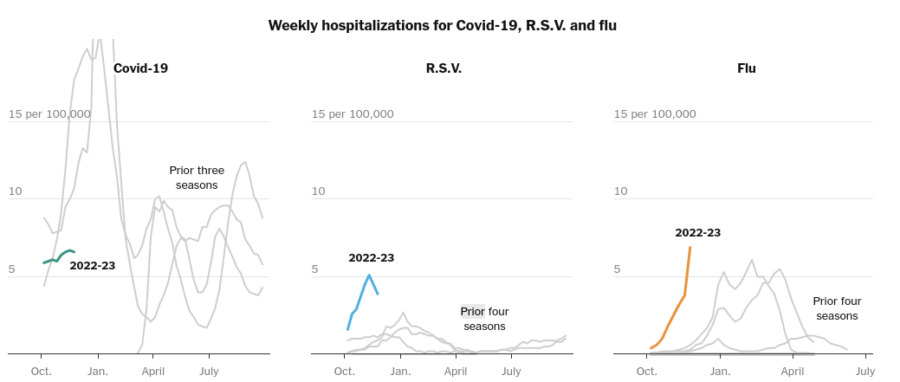

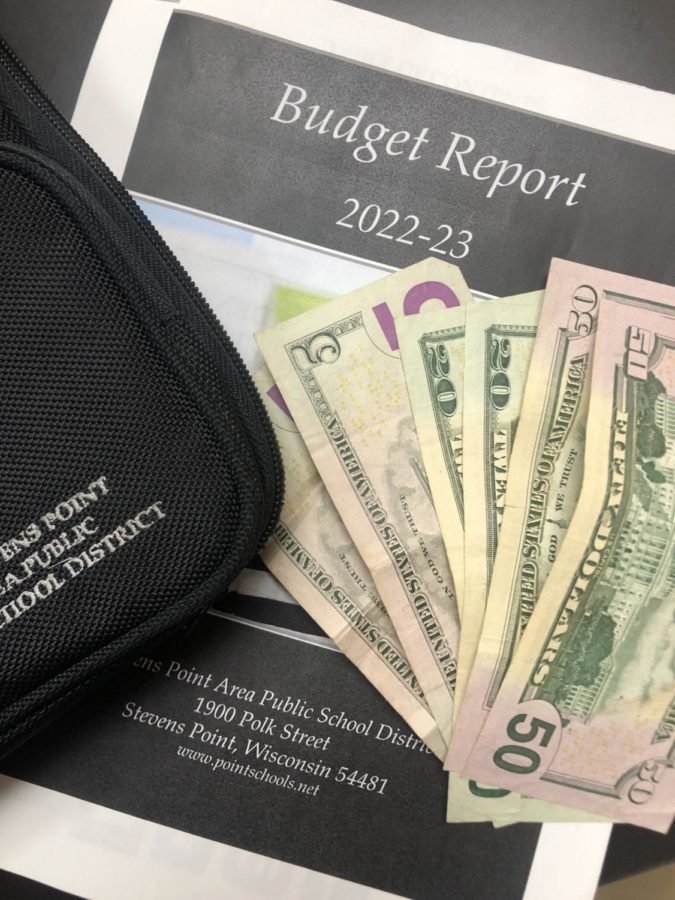





















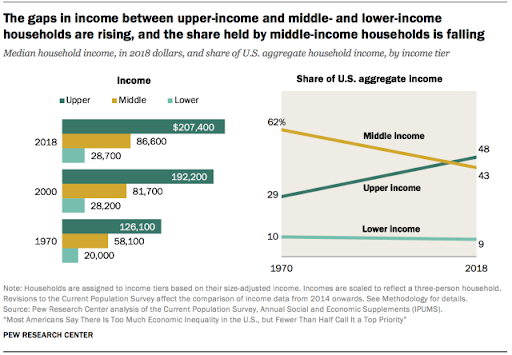




















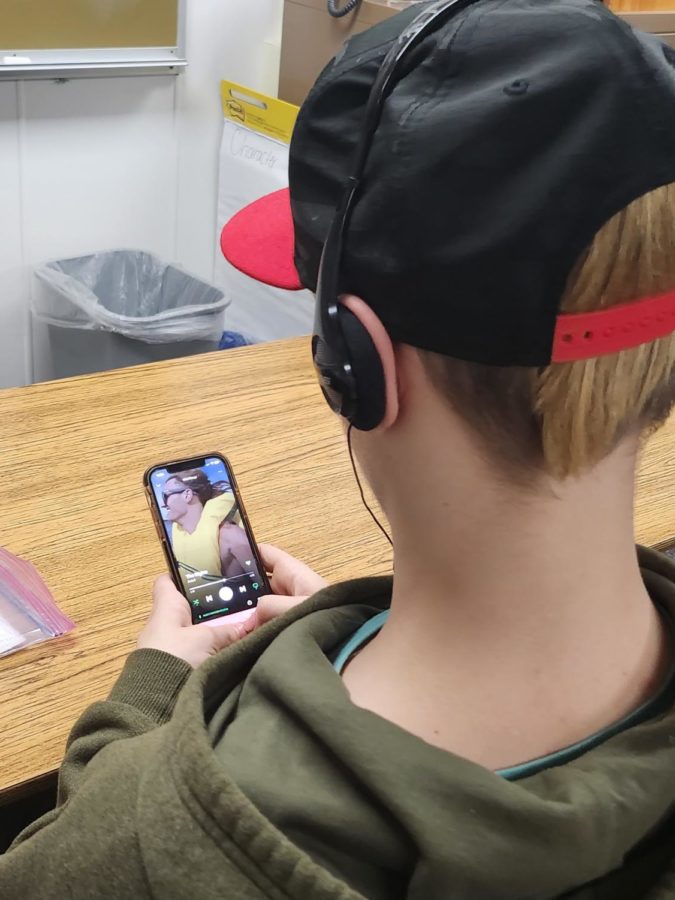












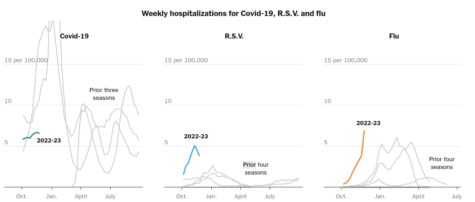




Taigan • Dec 17, 2021 at 1:50 PM
I love who you picked to interview and the sources you picked had great quotes. The comparison between pens and pumps is super important due to the rising amounts of technology for diabetics. Overall, great article with tons of important information that can teach non-diabetics a lot.